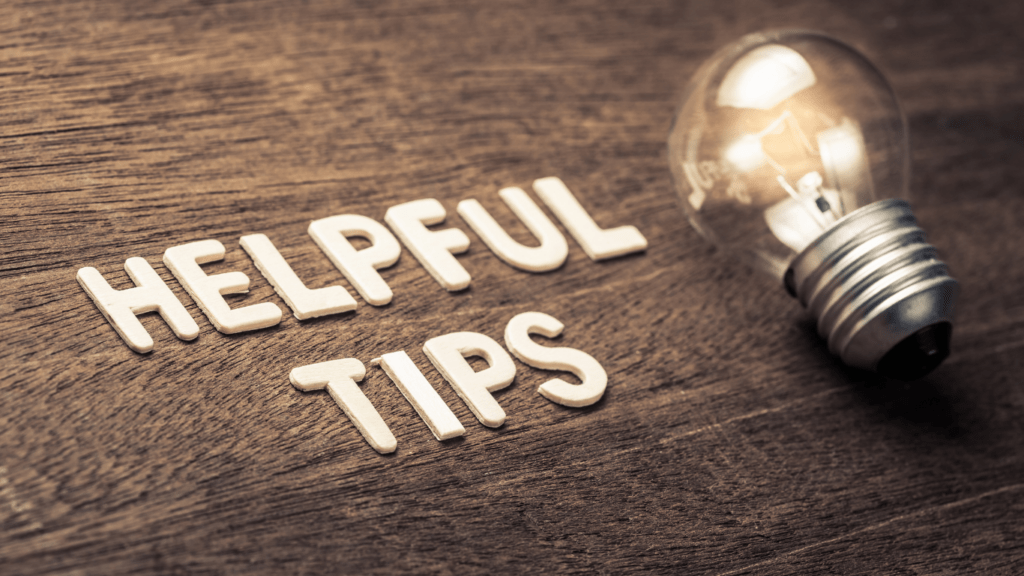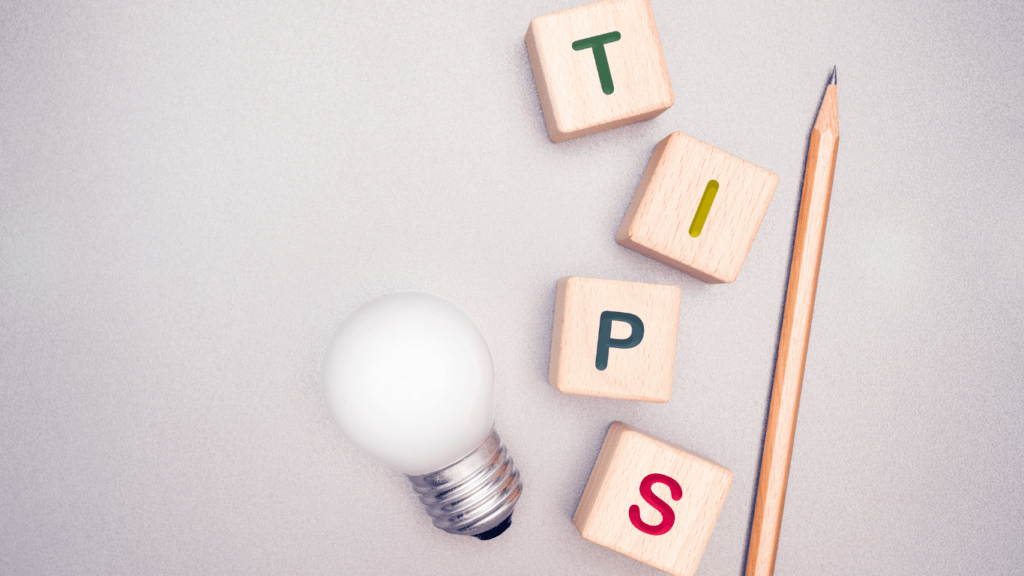Understanding High-Stakes Competitions
High-stakes competitions demand more than just skill and agility. They require a comprehensive understanding of the environment and the pressures involved.
The Nature of High-Stakes Scenarios
High-stakes scenarios often involve significant rewards and equally substantial risks. Whether in sports or business, these events demand peak performance and leave little room for errors. Competitors encounter a fast-paced atmosphere, where each decision could mean triumph or defeat. The stakes, often financial or reputational, intensify the pressure, making strategic preparation crucial for success.
Common Challenges Faced
In high-stakes competitions, participants face several challenges. Stress and anxiety frequently arise due to high expectations and the potential for substantial gains or losses. Time constraints can pressure decision-making processes, leading to rushed judgments. Additionally, competitors must cope with the unpredictability of opponents who are equally driven to win. Managing these challenges while staying focused and composed becomes essential for victory.
Insider Tips for Mental Preparation

Success in high-stakes competitions hinges on strong mental preparation. Developing mental strength enables competitors to excel under pressure.
Building Confidence
Confidence grows from consistent practice and preparation. I find setting achievable goals allows progress tracking, reinforcing belief in my abilities. Celebrating small victories keeps momentum going. Emphasizing strengths while acknowledging areas for improvement builds a balanced mindset. Surrounding myself with supportive individuals provides encouragement and fosters a positive environment.
Visualization Techniques
Visualization enhances performance by mentally rehearsing success scenarios. I imagine every detail of the competition, from beginning to end, to reduce uncertainty and boost confidence. Incorporating all senses in this process makes the experience more vivid. I repeat the exercise regularly, solidifying these mental images and increasing my comfort in actual competitive situations.
Managing Stress and Anxiety
- Effective stress management involves understanding my responses to pressure.
- I employ breathing exercises to maintain calm and clarity.
- Identifying triggers for anxiety helps mitigate their impact, and practicing mindfulness keeps me focused on the present moment.
- Regular relaxation techniques improve overall resilience, enabling me to handle stressors more effectively during competitions.
Effective Training Strategies
Success in high-stakes competitions comes from strategic training and preparation. Implement these strategies to enhance performance and gain a competitive edge.
Tailoring Your Practice
Customized practice sessions maximize efficiency and outcome. I focus on identifying my specific strengths and weaknesses before designing a targeted training program. For instance, if agility’s a key factor, I incorporate specific drills into my routine. I also simulate real competition scenarios to accustom myself to the pace and pressure.
Analyzing Competitor Strengths
Understanding opponents is crucial for crafting effective strategies. I gather information on competitor performance and tactics to pinpoint their strengths. By studying their past competitions, I identify patterns and potential weaknesses. This analysis informs my strategy, enabling me to anticipate moves and counter effectively.
Importance of Mock Competitions
Mock competitions replicate high-stakes environments, easing anxiety and honing skills. I simulate competition conditions to practice decision-making under pressure. This experience builds confidence and readiness. Regularly participating in mock contests prepares me for unexpected challenges and sharpens my adaptability during actual events.
Mastering Time Management
Mastering time management is essential in high-stakes competitions. Effective time management helps:
- maintain focus
- reduce stress
- enhance overall performance
Prioritizing Tasks
Prioritizing tasks ensures the most critical elements receive attention first. I start by identifying key objectives and breaking them down into manageable steps. Using tools like the Eisenhower Matrix or a simple to-do list helps me allocate time efficiently. Assigning deadlines motivates me to stay on track and prevents procrastination.
Eliminating Distractions
Eliminating distractions improves concentration and efficiency. I set up a designated workspace free of disturbances to create an optimal environment for focusing. Turning off notifications and setting specific times to check emails or messages keeps interruptions at bay. By establishing boundaries with my peers and explaining my need for focus, I minimize unexpected disruptions.





